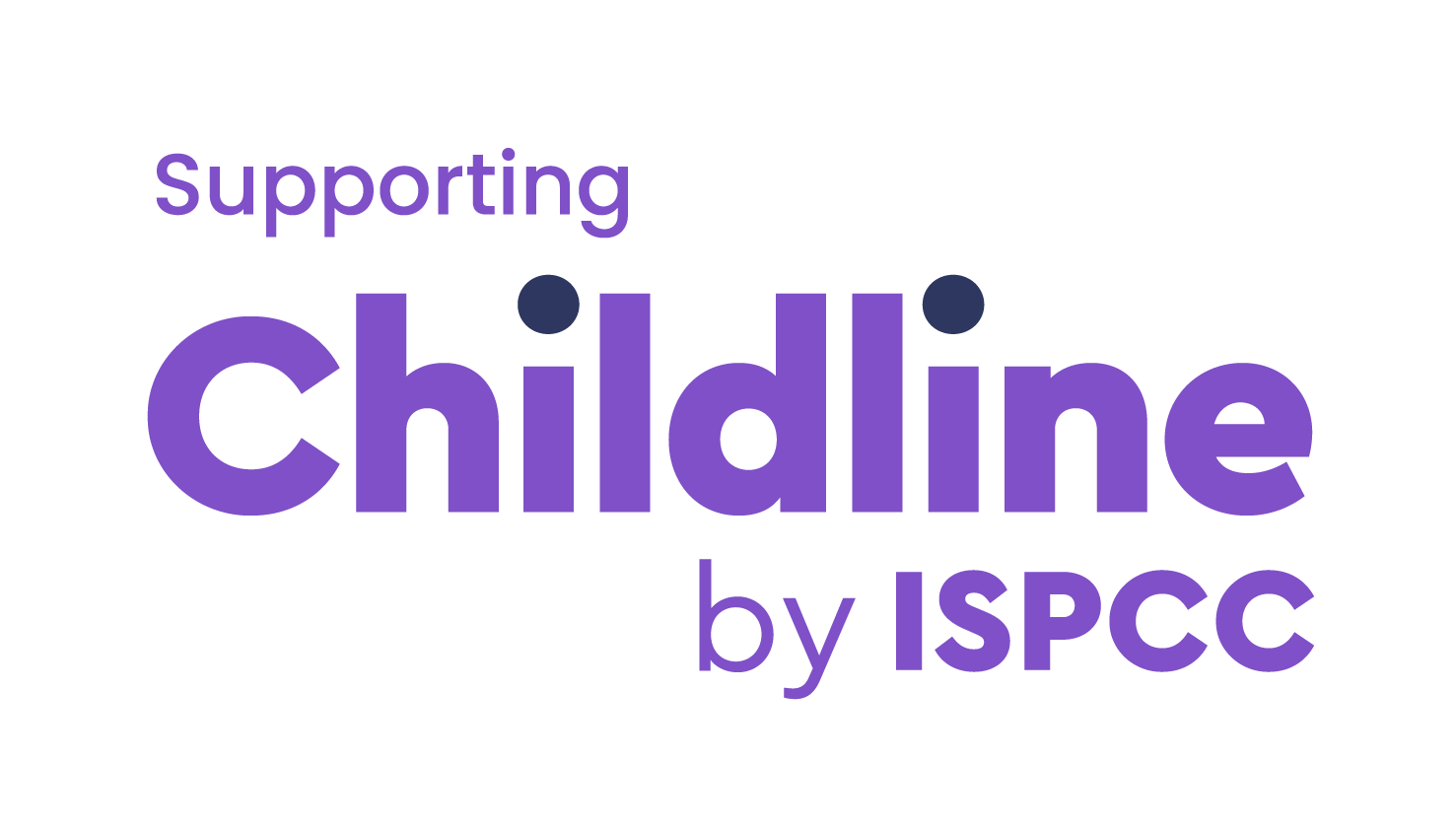 Crowleys DFK is delighted to celebrate the completion of a successful two-year charity partnership with Aware, the national organisation providing free support, education and information services to people impacted by anxiety, depression, bipolar disorder and related mood conditions. Since the beginning of this collaboration, we have been driven by a shared mission to enhance mental wellbeing and reduce stigma within our communities.
Crowleys DFK is delighted to celebrate the completion of a successful two-year charity partnership with Aware, the national organisation providing free support, education and information services to people impacted by anxiety, depression, bipolar disorder and related mood conditions. Since the beginning of this collaboration, we have been driven by a shared mission to enhance mental wellbeing and reduce stigma within our communities.
“Supporting Aware has shown me that small acts of kindness can ripple out and create lasting change. It resonates deeply with me because it’s not just about giving—it’s about standing together, breaking the silence, and showing that no one must face their struggles alone. Understanding and tackling mental health plays a large part in my life and in the lives of many today. I have enjoyed taking part in the various activities and fundraising events Crowleys DFK have organised over the past 2 years. It has not only allowed me to contribute to a cause I deeply believe in but has also strengthened my connection to a community that shares a commitment to improving mental health.”
Paul Mulcahy | HR Generalist | Human Resources
The partnership began with an ambitious vision: to combine the resources, reach, and commitment of Crowleys DFK with the expertise and dedicated services of Aware. Over two years, our collaboration has yielded inspiring results.
Fundraising Milestones
With the generous contributions of our employees, we proudly raised over €40,000 to support Aware. Our team actively participated in numerous fundraising events organised by Aware, such as the Liffey Loop, Resilience Lunch, and Corporate Golf Day. Additionally, many of our employees generously signed up for the Donate As You Earn (payroll giving) programme. They also took part in a range of internal initiatives, including the Crowleys DFK Hike for Aware, Crowleys DFK May Step Challenge and various raffles.
“Supporting Aware throughout the past two years has been a wonderful experience. Aware has always been an organisation which has been close to my heart over the years, and it was delightful to support Aware through various in office initiatives and a brilliant day out to the Golf outing in Milltown Golf Club. This was a great opportunity to play golf alongside Crowleys DFK staff and meet the wonderful people supporting Aware every year from all over Ireland. It is something I would love to and will support into the future.
I would also like to make a special mention to Drew Flood and Stephen Butterly for their tireless efforts raising funds for Aware year on year and the overwhelming hospitality we received whenever we met at various events. I look forward to catching up in the future.”
Conor Martin | Senior Associate | Public Sector & Government Services
Raising Awareness and Employee Engagement
In collaboration with Aware, we introduced mental health workshops and webinars for our employees, aimed at equipping our team members with tools to prioritise mental well-being. The “Positive Mental Health at Work: Building Strength for the Future” webinar was conducted to enhance employees’ understanding of the need and benefits of wellness in the workplace. Additionally, Aware facilitated half-day workshops on “Managing Mental Health in the Workplace” for our senior leadership and management teams. These informative sessions provided valuable insights and practical tips for fostering mental health conversations.
“Aware offers invaluable services to those struggling with depression, and I strongly believe that funding for their work is both crucial and impactful. It was truly an honour to contribute to raising money for this vital charity. I hope the funds we gathered have made a difference, helping someone navigate their challenging times.”
Adam Lucey | Associate | Tax Services
Reflecting on the collaboration, James O’Connor, Managing Partner at Crowleys DFK, said:
“Partnering with Aware has been an incredibly rewarding initiative. Mental health touches all of our lives, and it’s been inspiring to see our employees come together in support of this essential cause. We’re incredibly proud of what we’ve accomplished together and look forward to continuing our advocacy for mental health in the years ahead.”
Drew Flood, Business Development Manager at Aware, also shared:
“Thank you to everyone in Crowleys DFK for an incredible partnership over the last two years. Your support for various events has raised an incredible amount, which will help Aware continue to provide free mental health support across Ireland. Your commitment to corporate social responsibility has made a significant impact and thank you for prioritising mental health. On behalf of the tens of thousands of people who engage with Aware’s services each year, I extend a heartfelt thank you.”
Though the formal partnership has concluded, Crowleys DFK remains committed to supporting mental health initiatives. As we move forward, we aim to build on the mental health resources and support available to our employees, while also exploring new opportunities for collaboration. Mental health will remain central to our wellness and well-being mission in the years ahead.
To everyone who donated, participated in events, and supported our partnership, we extend our heartfelt thanks. Together, we have made a real difference
For more information on how you can continue to support mental health initiatives, please visit Aware. Let’s continue the conversation around mental health and work towards a future where everyone feels supported, valued, and heard.
 There are several annual reporting obligations for employers and trustees who operate share schemes for their employees which are due by 31 March following year end.
There are several annual reporting obligations for employers and trustees who operate share schemes for their employees which are due by 31 March following year end.


 Crowleys DFK is delighted to celebrate the completion of a successful two-year charity partnership with
Crowleys DFK is delighted to celebrate the completion of a successful two-year charity partnership with 







